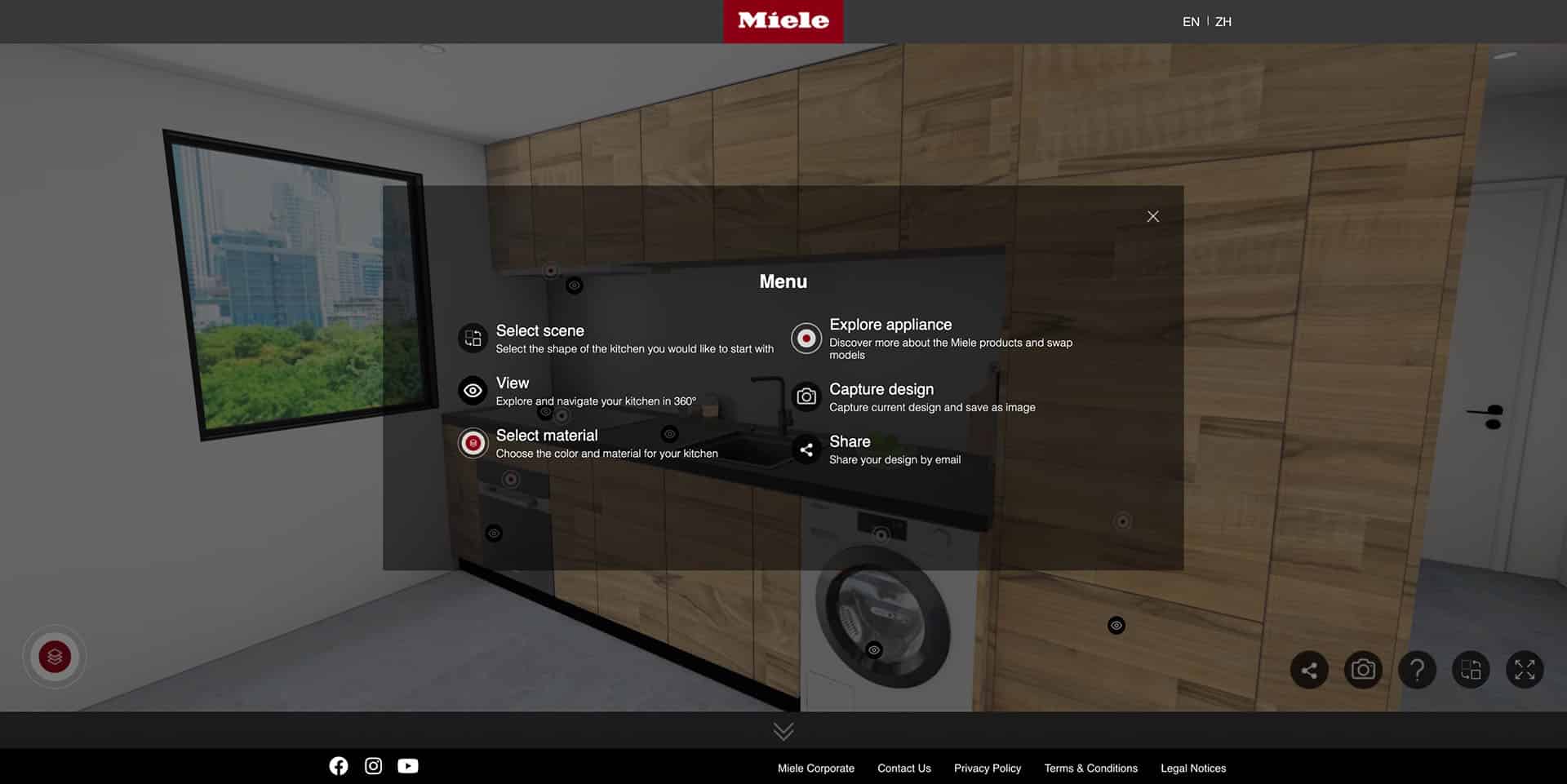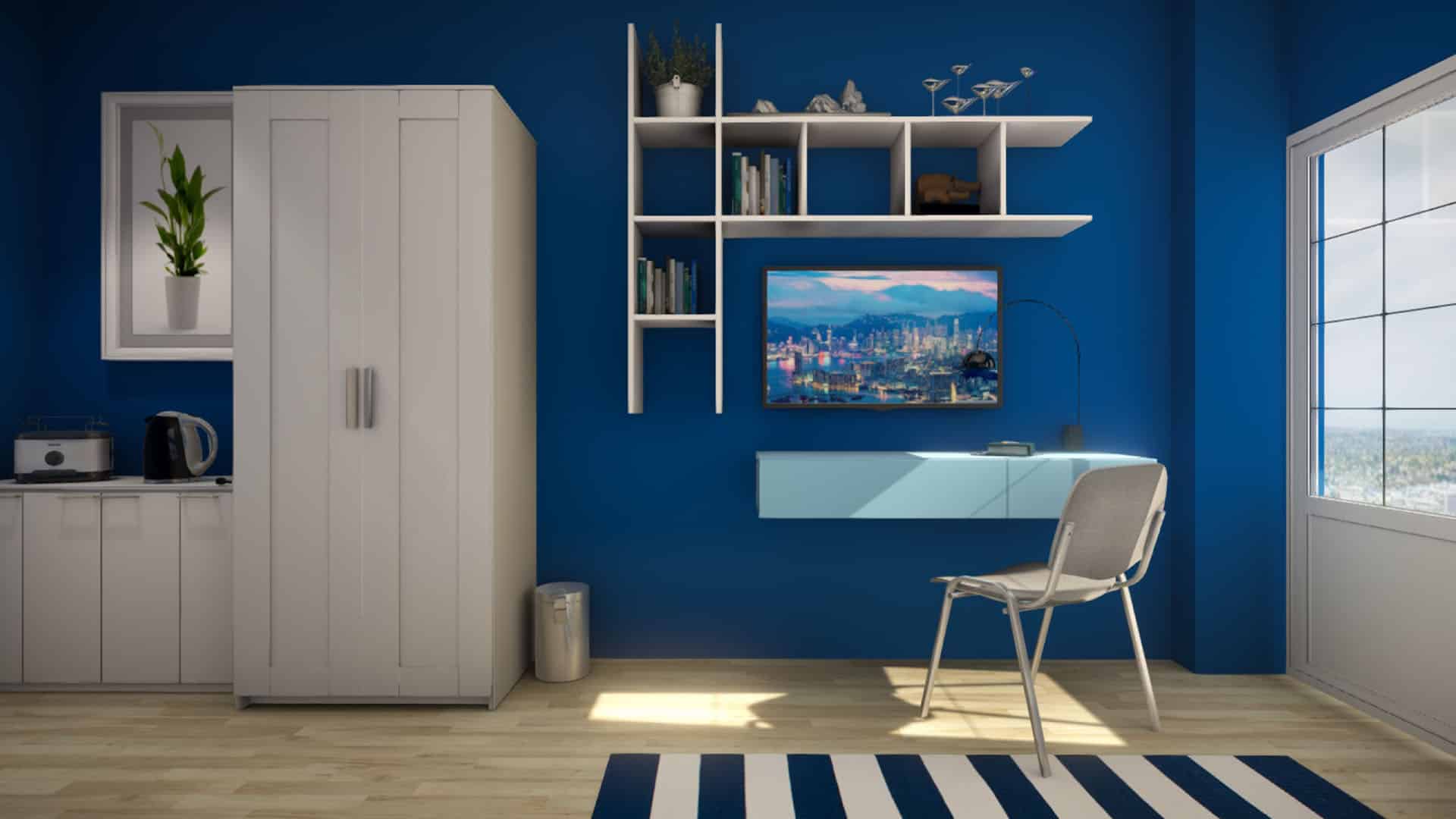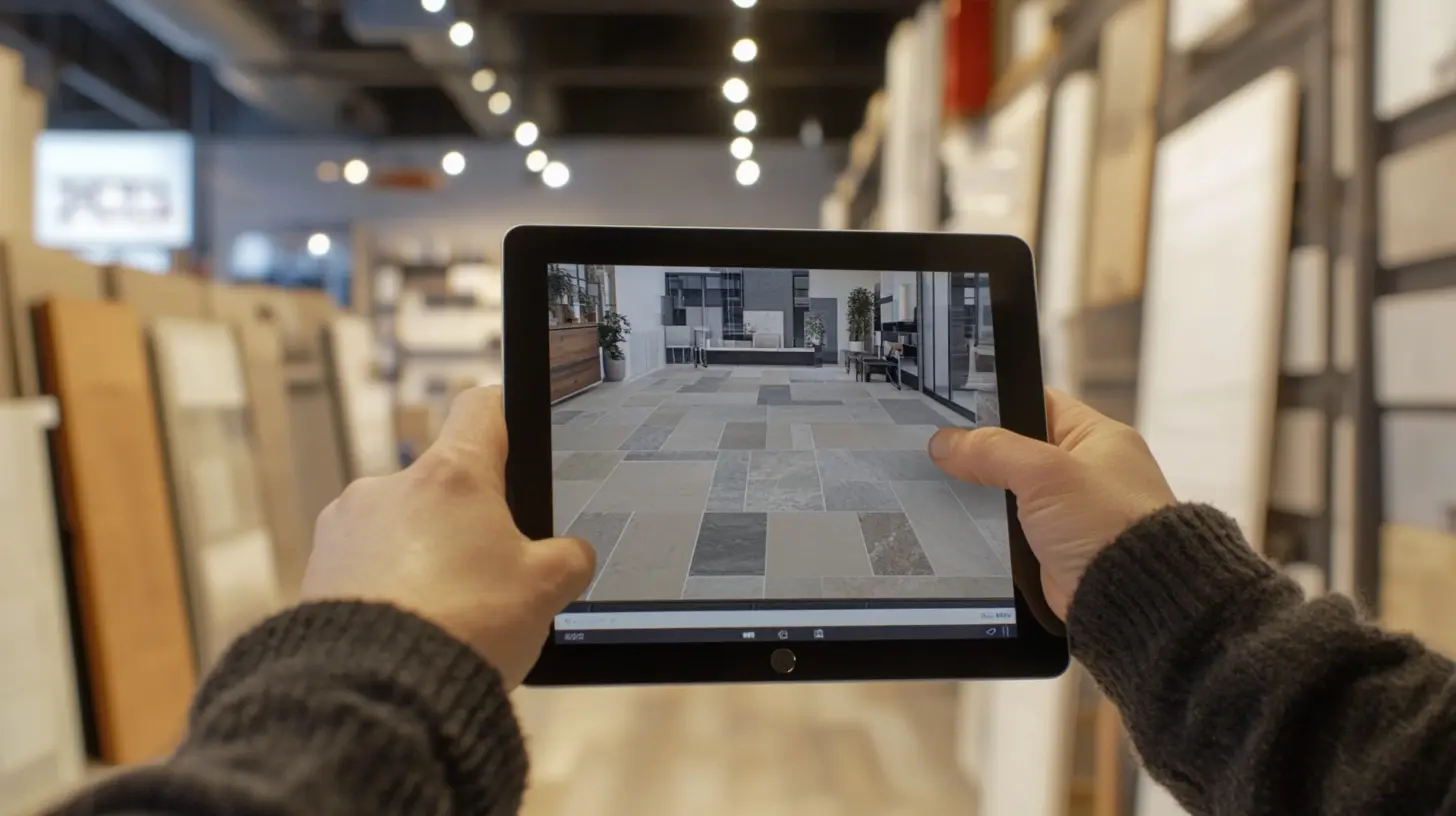The retail landscape is evolving rapidly, driven by advances in technology and changing consumer preferences. As the world embraces digitalization, traditional brick-and-mortar stores face new challenges and opportunities. One innovative solution that is transforming the way customers shop and businesses interact with their clientele is the virtual showroom. In this blog, we will explore the concept of a virtual showroom, its benefits, and where it fits in the modern retail ecosystem.
Understanding the Virtual Showroom
In the rapidly evolving world of retail, the concept of the virtual showroom has emerged as a game-changing innovation. A virtual showroom is a technology-driven platform that enables businesses to showcase their products and services in a digital space, offering customers an immersive and interactive shopping experience. By leveraging cutting-edge technologies such as 3D rendering, augmented reality (AR), and virtual reality (VR), virtual showrooms bridge the gap between the physical and digital realms, redefining the way consumers engage with brands and make purchase decisions.
Virtual Showrooms for Long Product Life Cycle Products
In the realm of virtual showrooms, one unique advantage lies in its ability to effectively showcase long product life cycle products. These are items that have extended shelf lives, lasting appeal, and may not require frequent updates or replacements. Traditional retail spaces often struggle with effectively presenting such products, as the need to continuously refresh displays can be resource-intensive and may not align with the slow turnover of these items.
In a virtual showroom, however, long product life cycle products can be presented in a captivating and engaging manner without the limitations of physical constraints. Businesses can create virtual environments that immerse customers in the product’s context and functionality, enabling them to explore and interact with the item as if it were physically in front of them.
For instance, imagine a virtual showroom for high-end luxury watches or classic furniture pieces. Customers can inspect intricate details, explore different color and material options, and visualize how these products would complement their spaces. By providing such an immersive experience, businesses can create an emotional connection with customers and instill confidence in their long-term investment.

The Immersive Shopping Experience
At the heart of the virtual showroom lies the promise of immersive shopping experiences. Unlike traditional e-commerce websites, which often provide static product images and descriptions, virtual showrooms offer dynamic and interactive product displays. Customers can virtually navigate through digital representations of physical stores, exploring product collections and interacting with items in real-time.
Imagine being able to try on virtual clothing, change colors and sizes with a simple click, or visualize furniture in your own living room before making a purchase decision. Virtual showrooms empower consumers to engage with products in a way that closely simulates an in-person shopping experience, ultimately leading to more confident and informed buying choices.
Transcending Physical Boundaries
One of the most significant advantages of a virtual showroom is its ability to transcend geographical boundaries. In a traditional brick-and-mortar store, a retailer’s reach is limited to its physical location and the number of stores it can establish. However, with a virtual showroom, businesses can connect with a global audience without the need for an extensive physical presence.
This newfound accessibility allows companies to tap into international markets and reach customers in remote locations. It opens doors to opportunities previously unattainable, enabling small businesses and startups to compete on a global scale. By breaking free from the constraints of a physical store, retailers can expand their customer base and cultivate a diverse and widespread clientele.
Cost-Effectiveness and Flexibility
Creating and maintaining a physical store demands significant investment in real estate, infrastructure, and staffing. In contrast, virtual showrooms offer a cost-effective alternative that drastically reduces overhead expenses. Retailers can redirect these saved resources into enhancing product quality, customer service, and marketing efforts.
Furthermore, virtual showrooms provide unparalleled flexibility. Unlike brick-and-mortar stores, which require physical alterations and downtime to accommodate changes, virtual spaces can be quickly modified and updated with minimal effort. Retailers can experiment with various layouts, product displays, and designs to optimize customer engagement. This agility empowers businesses to respond swiftly to market trends and shifts in consumer preferences, ensuring they stay competitive in the ever-evolving retail landscape.
Data-Driven Decision Making
One of the most compelling aspects of virtual showrooms is the wealth of data they generate. Every interaction within the virtual space, from product clicks to dwell time on specific items, is captured and analyzed. Retailers can glean valuable insights into customer behavior, preferences, and purchase patterns.
Data-driven decision making enables businesses to tailor their offerings to match customer expectations better. By understanding what products resonate most with consumers, retailers can optimize their product assortment, pricing strategies, and marketing campaigns. Personalized product recommendations based on customer behavior can lead to higher conversion rates and customer satisfaction.

Challenges and Considerations
While virtual showrooms hold immense potential, they are not without challenges. Designing and implementing a seamless and user-friendly virtual experience requires careful planning and execution. Integrating advanced technologies like AR and VR demands expertise and resources, and any performance issues may lead to user frustration and deter potential customers.
Another consideration is the diversity of consumers’ preferences and technological familiarity. Not all customers may feel comfortable with virtual interactions, especially those less tech-savvy or those who prefer the tactile experience of physical stores. To address this, businesses can offer omnichannel shopping options, providing customers with the freedom to choose between the virtual and physical shopping experiences.

Building a Browser and Mobile App Virtual Showroom with Unity3D
In the fast-paced world of browser and mobile app development, creating a virtual showroom with Unity3D presents an opportunity to transform the way customers shop and engage with products. With Unity3D‘s powerful capabilities, developers can craft immersive experiences that seamlessly integrate into web browsers and mobile applications, offering users a unique and interactive shopping journey.
When building a virtual showroom for browsers, developers can leverage Unity3D’s WebGL export functionality, enabling the creation of 3D environments that can be accessed directly through a web browser. By optimizing for performance and responsiveness, developers can ensure that users have a smooth and enjoyable shopping experience without the need for additional plugins or downloads.
Similarly, in mobile app development, Unity3D offers cross-platform support, making it an ideal choice for building virtual showrooms that can run on both iOS and Android devices. Unity3D‘s ability to deploy to multiple platforms allows businesses to reach a broader audience, making the virtual showroom accessible to users regardless of their mobile device preferences.
Integrating the virtual showroom seamlessly into browsers and mobile apps allows for a frictionless user experience. Customers can effortlessly access the showroom with just a few taps or clicks, enabling them to explore and interact with products from anywhere at any time. Such accessibility enhances customer engagement and convenience, driving more frequent visits and potentially increasing conversion rates.
Moreover, the use of Unity3D in browser and mobile app development ensures that the virtual showroom‘s visual fidelity and performance remain consistent across different devices and operating systems. Developers can optimize the virtual showroom for various screen sizes, ensuring that users on both desktops and mobile devices have a visually stunning and immersive experience.
Conclusion
The concept of the virtual showroom represents a groundbreaking shift in the retail landscape, offering a compelling blend of digital innovation and personalized shopping experiences. As consumers increasingly seek seamless, convenient, and engaging interactions with brands, businesses must embrace virtual showrooms to remain competitive and relevant.
By designing immersive virtual showrooms, retailers can elevate customer experiences, break geographical barriers, and capitalize on data-driven insights. This approach not only enhances the shopping journey but also empowers businesses to expand their horizons and adapt to evolving customer needs effectively.
As technology continues to advance and consumer expectations evolve, virtual showrooms will become an increasingly integral part of the modern retail ecosystem. Embrace the future of retail by understanding and embracing the concept of the virtual showroom. Revolutionize the way customers interact with your brand, foster lasting connections, and propel your business towards success in the dynamic and competitive retail landscape of the modern age.






